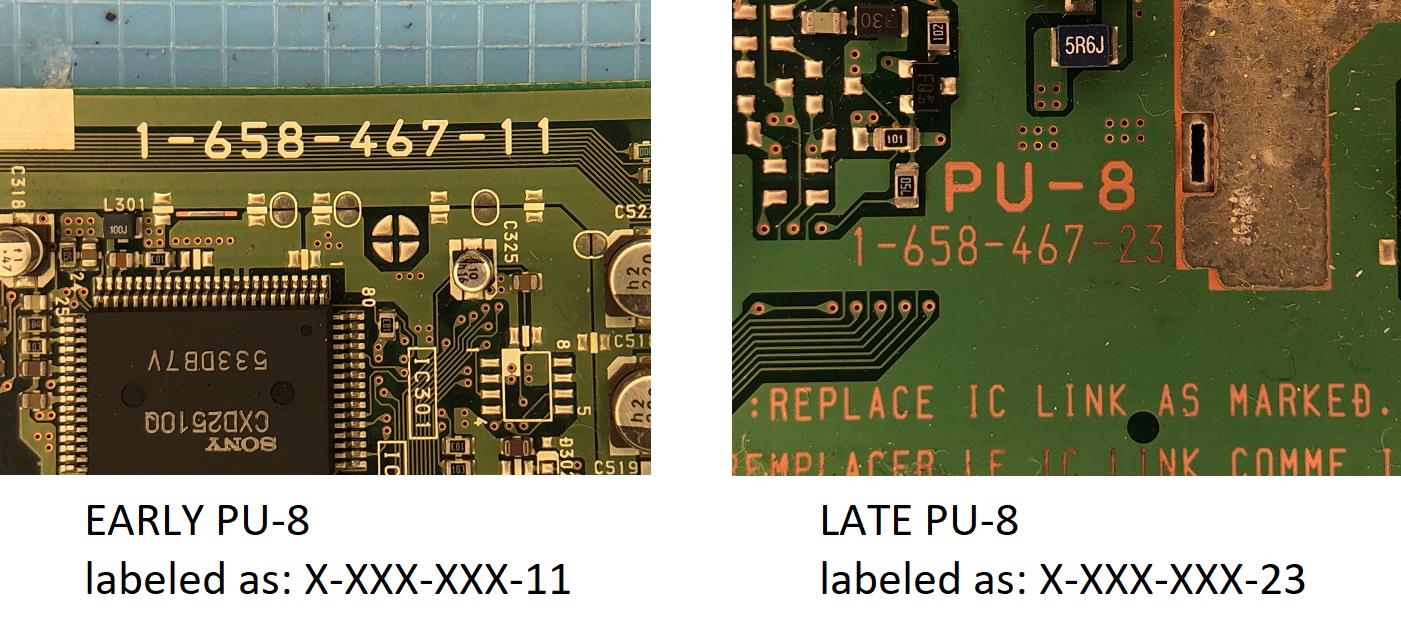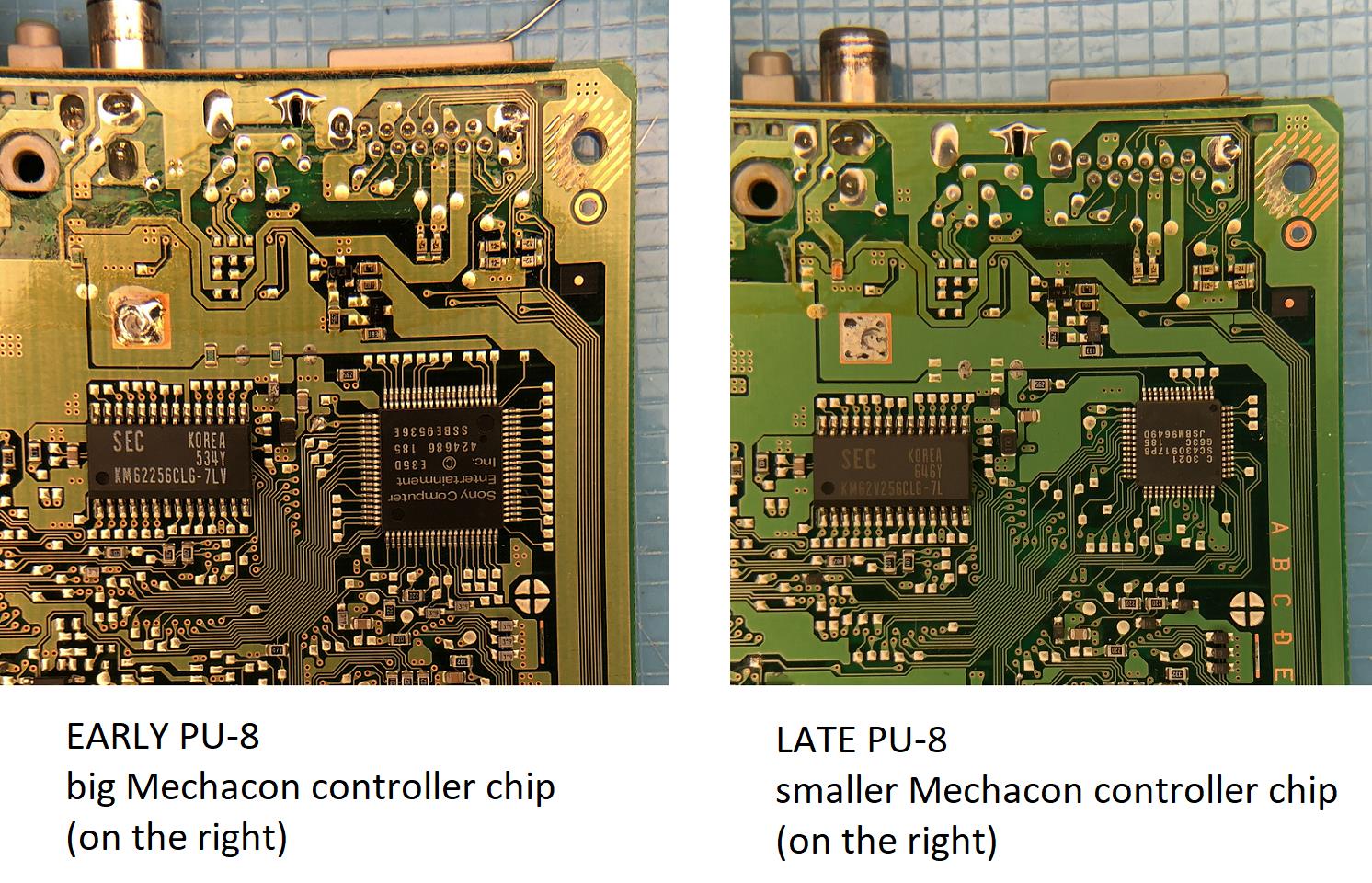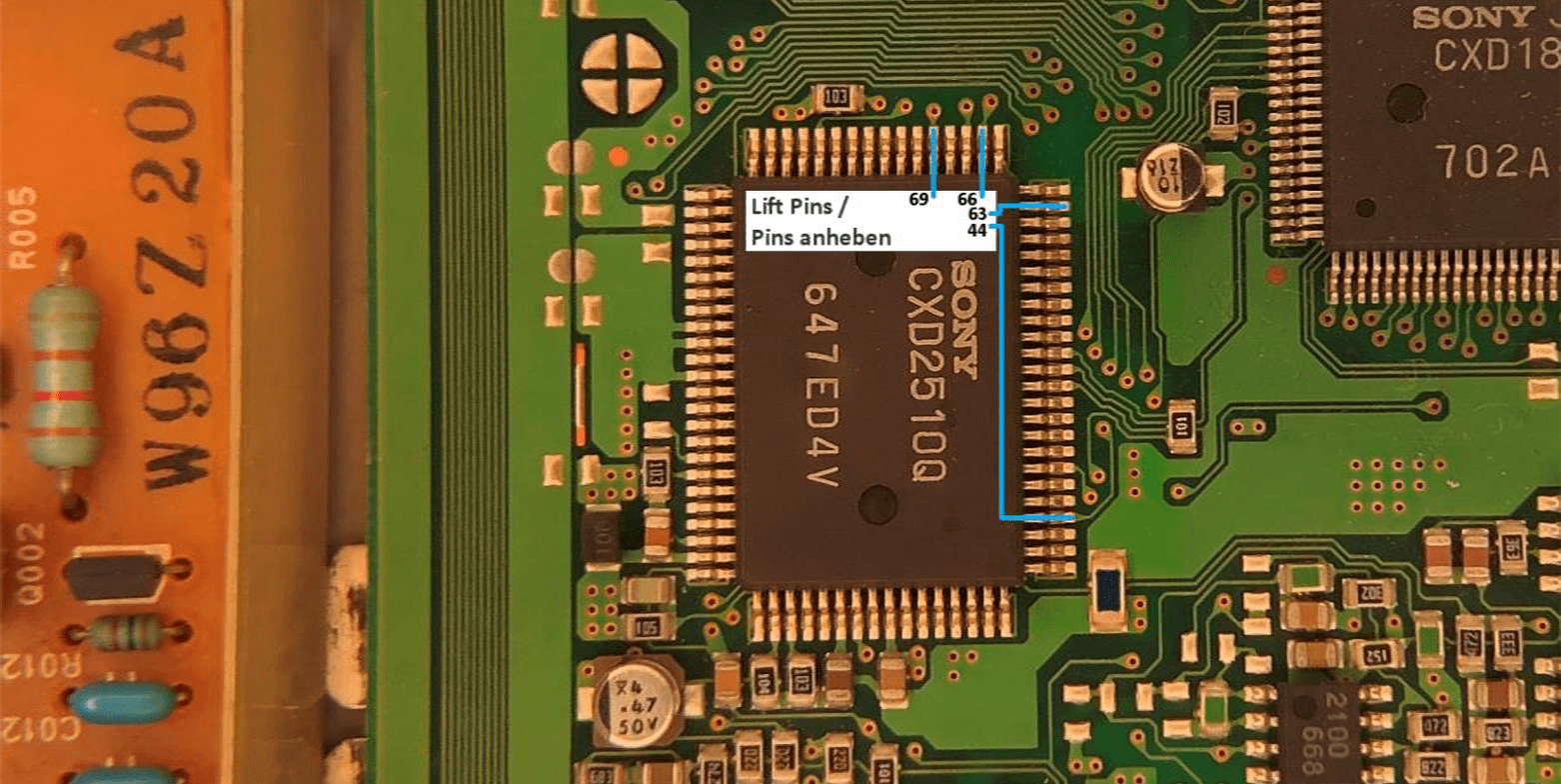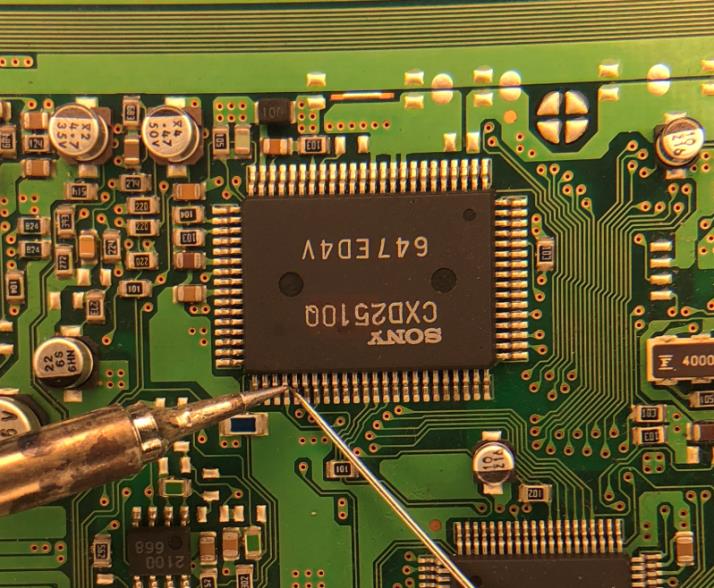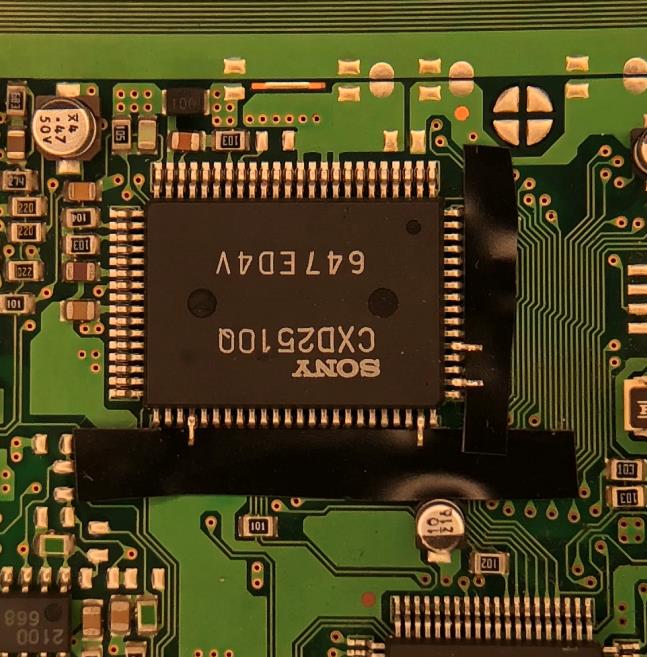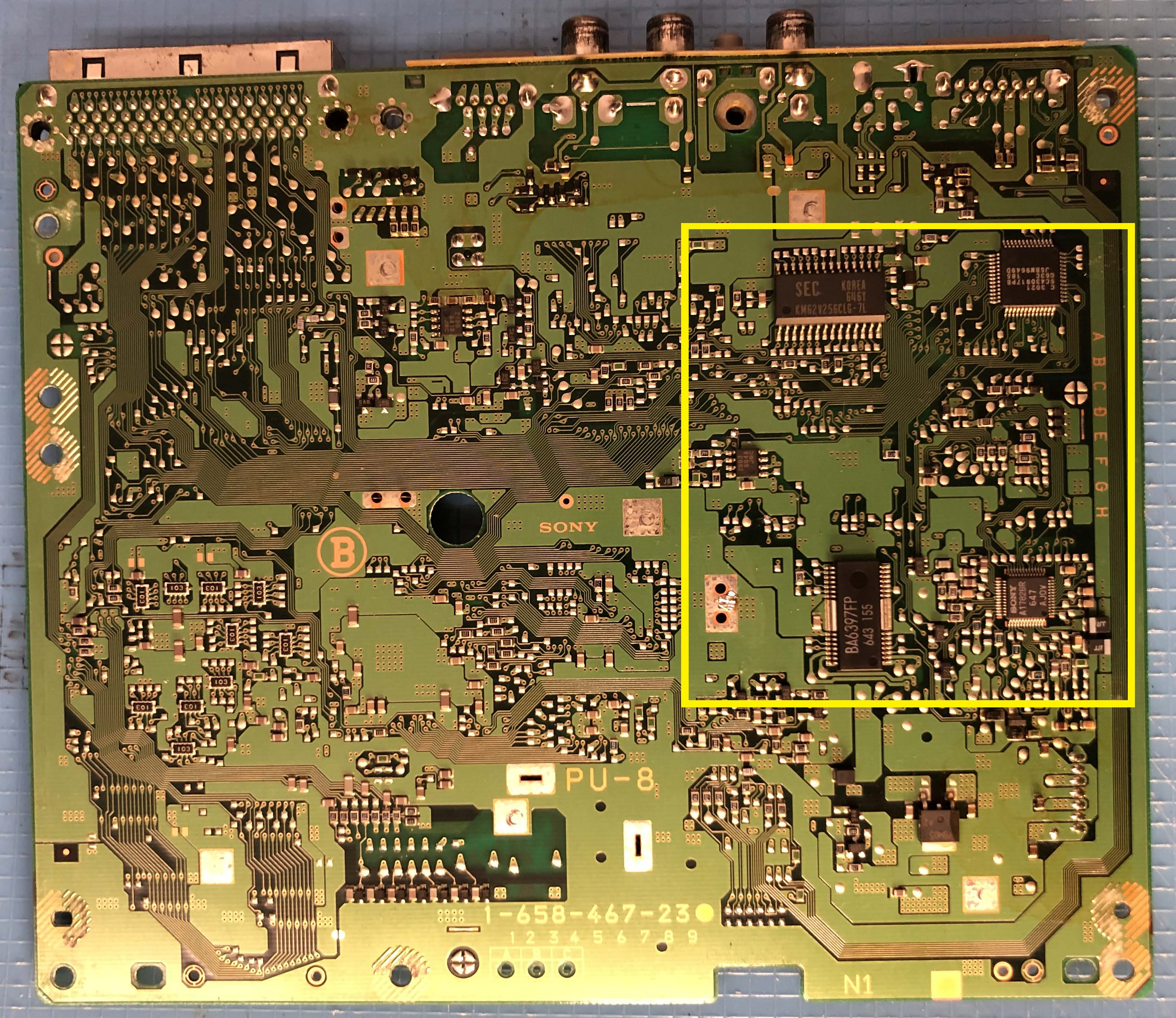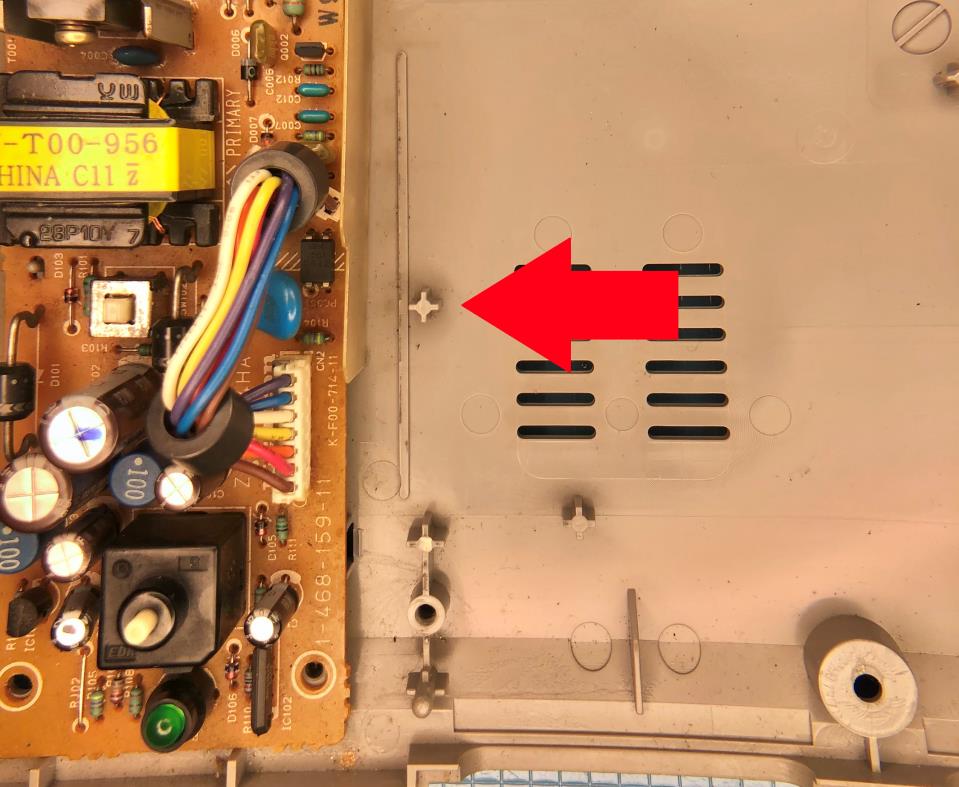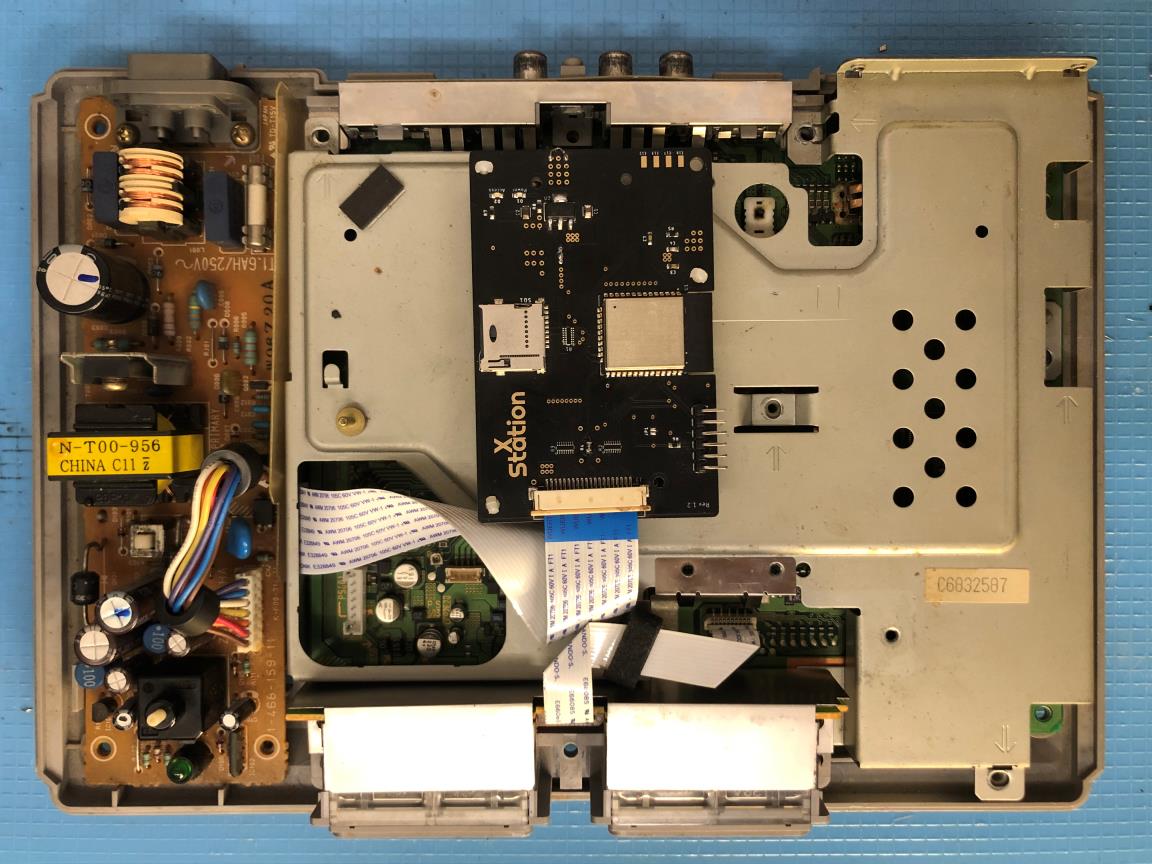Last Updated: 5th March 2021
xStation Late PU-8 Installation Manual/Diagram
Table of Contents
Late PU-8 Information
Late PU-8’s can be found in:
- Most SCPH-1001 and SCPH-1002
- Most SCPH-3000
- Most SCPH-3500
- All SCPH-5000
Why is the mainboard called “LATE”, and is there an “EARLY”?
Literally, yes! The PU-8 came in two major flavors (EARLY and LATE). You can check which mainboard you have by looking for these marks:
Mainboard labels
- EARLY mainboards are labeled PU-8-11
- LATE mainboards are labeled PU-8-21/22/23 or 41
GPU/VRAM
The GPU and especially the VRAM area on the top side of the mainboard is different, see picture below
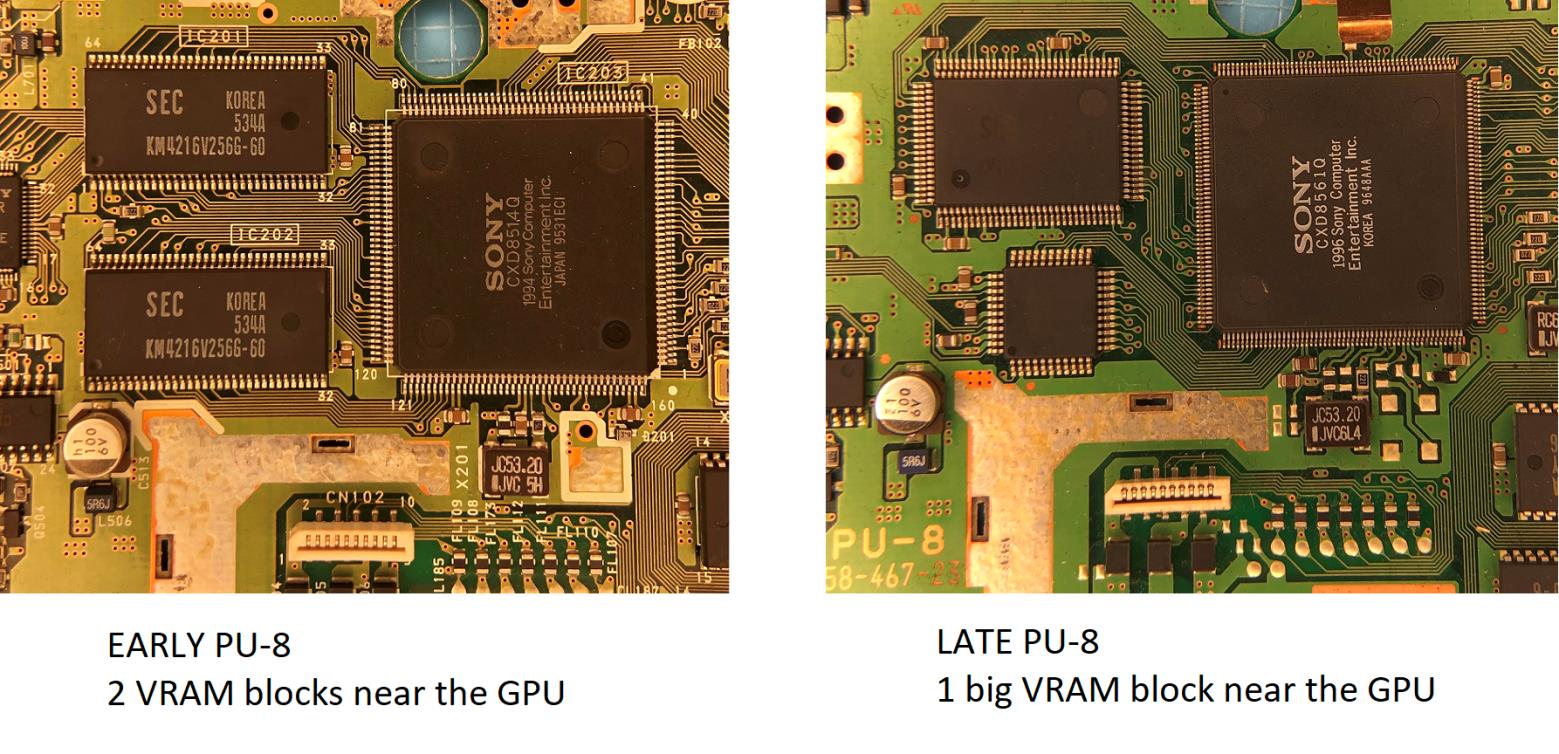
Mechacon Controller Chip
The Mechacon controller chip has different sizes, see picture below
When you are sure that you have a LATE PU-8 you can follow this guide.
Guide
Installation
- You have to disassemble the Playstation 1 completely to get to the mainboard.
PLEASE REMOVE ALL CABLES FROM THE POWER SUPPLY. MAKE SURE THAT THE POWER CORD IS DISCONNECTED!
- Search for IC309
IC309 is labeled CXD2510Q. You will find it in the upper left corner. See picture below
(Remember the purple area as well. We will get to it later in this guide. For now we’ll focus on the red area.)
- IC309 (CXD2510Q) needs to have the following pins lifted:
44, 63, 66 and 69.
Please make sure that only the shown pins are lifted.
- Please be careful not to damage the mainboard when lifting pins.
Use a needle or x-acto knife and a fine soldering tip to simply touch the pin and apply some heat, then gently lift it from underneath using the needle or blade.
- Please make sure that you have lifted the pins completely. They should not have contact with the motherboard, nor with each other.
- Now we’ll get to the purple area on the mainboard top side.
In this area you can see the 67mhz oscillator.
You need to desolder/remove the small resistor and the filter.
They are marked in the picture below.
We are now finished with the top side of the mainboard; turn it bottom side up.
Here, 3 resistors have to be desoldered and then the Quick Solder Board (QSB) installed.
- First we need to desolder the 3 resistors as shown
- Place the QSB on the mainboard as shown, the yellow markings help with the alignment.
- Connect the IO16 pad from the QSB to the marked location.
Please ensure that the cable does not run over the metal areas where the shield could crush it.
It should look like this:
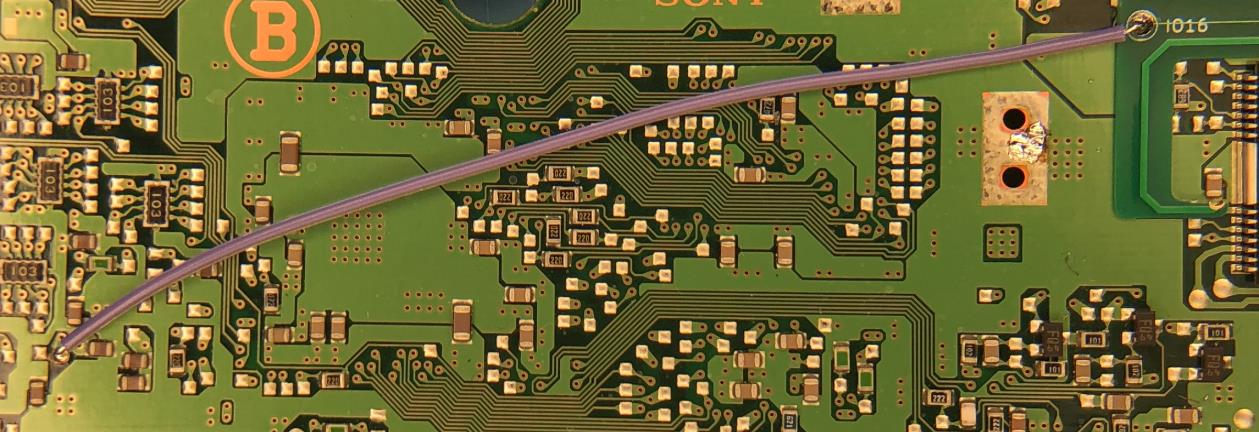
- The difficult part is now finished, but the lower part of the console shell still needs to be prepared.
Clip off the small plastic pin marked below in red.
This is necessary to prevent the flex cable from pinching and taking damage during installation.
- Connect the flex cable to the cable holder on the QSB (blue side up) and close the cable holder.
When this is done you can fold the flex cable to the right, as shown.
- To ensure that the cable sits correctly route it through the slot on the top shield.
- Prepare the PCB and push all 3 spacers into the xStation board.
If you look at it from above they can be found in:
- the lower middle (right next to the ESP32)
- the upper right corner
- the upper left corner
(The spacers are a bit too long for installation in a PU-8. We recommend that
you shorten them a bit, so that the xStation pcb rests securely.)
- Now grab the other side from the flex cable and carefully connect it to the
cable holder on the xStation.
When it is done you have to fold the flexcable a bit.
Folding it like this is best:
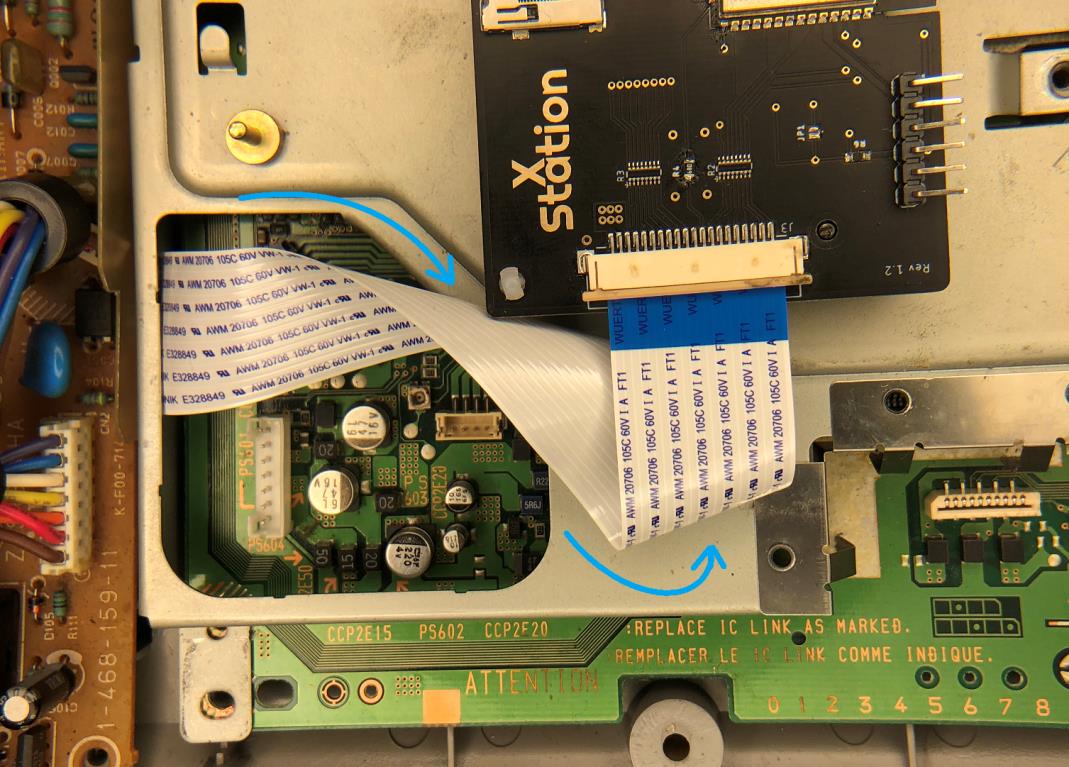
- Mount the xStation on the posts of the original Disc Drive.
It should look like this:
When everything is ready, you have to reassemble the Playstation 1 in reverse
order.
A freshly installed xStation:
Initial Software Steps
- Format a microSD card to either exFAT or FAT32 using SD Card Formatter.
- Create a folder on your microSD card named “00xstation“ (without quotation marks), then download the latest update files and copy the files update.bin and loader.bin to the 00xstation folder.
The Latest Update can be found on our Firmware Page or the Official xStation Github.
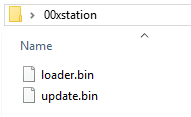
From now on, your Playstation will boot right into the xStation loader!

